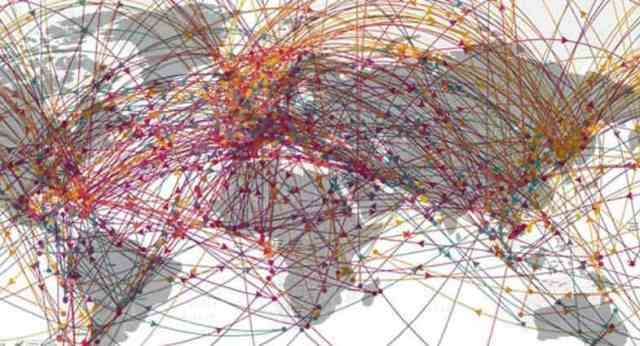Supply Chain Disruptions and the Administration’s Response
The pandemic has caused widespread disruption to supply chains, leading to shortages of key materials and components, delays in production, and abrupt price increases. This has been especially difficult for businesses with complex supply chains, as their production is vulnerable to disruption due to shortages of inputs from other businesses. Inventories of cars and homes are also at or near record lows, sufficient for just one month of car sales and 4.4 months of home sales, as compared to pre-pandemic levels of about two months for cars and 5.5 months for homes.
The Administration is working to address both short- and long-term supply chain issues. In the short-term, they are working to increase the availability of key materials and components, while in the long-term they are looking to develop more resilient supply chains. One way to do this is to use machine learning approaches to better understand the complexities of supply chains and to identify potential bottlenecks before they occur. This could help businesses to better anticipate and prepare for disruptions, and avoid the repetition of the current situation.


이 기사는 행정부가 공급망 장애를 해결하고자 하는 방법에 대한 관심사입니다. 머신 러닝 접근법을 사용하여 공급망의 복잡성을 더 잘 이해하고 장애를 미리 예측하는 것이 좋을 것입니다.
This is a great article on how the Administration is tackling the supply chain disruptions. I think it would be very useful to use machine learning to better understand the complexities of supply chains and prevent future disruptions.
This is an interesting article on how the Administration is working to address supply chain disruptions. It’s great to see that machine learning approaches are being considered to better understand and anticipate supply chain issues.